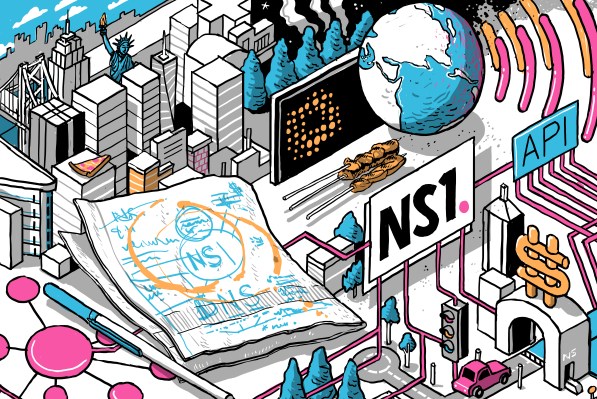Twitter has started blocking unregistered users
The new sign-in prompt now appears as soon as you try to access Twitter and removes the previously available background preview. | Image: Twitter / The VergeIf you currently try to access Twitter without logging in to your user...
/cdn.vox-cdn.com/uploads/chorus_asset/file/24762930/Sign_in_to_use_Twitter.jpg)
If you currently try to access Twitter without logging in to your user account, you may find you’re unable to see any of the content that was previously available to the wider public. Instead, you’ll likely be met with the Twitter window that asks you to either sign in to the platform or create a new account, effectively blocking you from viewing tweets and user profiles or browsing through threads unless you’re a registered Twitter user.
Several members of The Verge team have been able to replicate the issue, and it appears to be affecting web access on both desktop and mobile devices. Prior to this change, Twitter allowed people limited access to the platform without an account — you could view public tweets and user profiles, for example, but couldn’t like or leave comments. A window that prevented readers from viewing additional posts until they signed in also previously appeared after the viewer had scrolled past an undisclosed number of tweets, though that at least allowed some access to the platform.
Twitter has yet to address if the update was intentional
Now, regardless of how you try to access the website — be that the homepage or a direct link to a tweet or profile — you’re immediately met with a sign-in prompt that completely obscures your view. It doesn’t even tease the content with a swift redirect. You simply can’t see anything.
Twitter has yet to make a public announcement, so it’s currently unclear if this is an intentional update or another technical mishap. If Twitter stands by the changes, however, they both contradict and support other actions that owner Elon Musk has taken in the past year. In 2022, Musk hired noted iPhone hacker George Hotz to fix its search feature and get rid of the login prompt that prevents unregistered users from browsing the website. Hotz resigned less than halfway through his 12-week internship with the company, claiming he “didn’t think there was any real impact I could make there.” In April this year, Twitter then eliminated the platform’s search feature for unregistered users entirely.
If intentional, this means Twitter is nudging visitors harder to become official users — and, by extension, potential Twitter Blue subscribers. Free Twitter account holders can still access publicly posted tweets and other information, though many of the features that enhance user experiences (such as editing tweets and user verification) are locked behind a Twitter Blue subscription, and more of the platform’s core features could soon follow. The company could probably use the cash injection from users paying for premium features — Twitter’s US advertising revenue between April and May this year plummeted by 59 percent compared to the previous year.

 Tfoso
Tfoso 
































![An Ad Quality Control Checklist [Infographic]](https://imgproxy.divecdn.com/6nIRujQEJFAZ7N9aiG3W8ZdvYsZHRQGEYXyTvI-9_h8/g:ce/rs:fit:770:435/Z3M6Ly9kaXZlc2l0ZS1zdG9yYWdlL2RpdmVpbWFnZS9hZF9xdWFsaXR5X2NoZWNrbGlzdDIucG5n.webp)